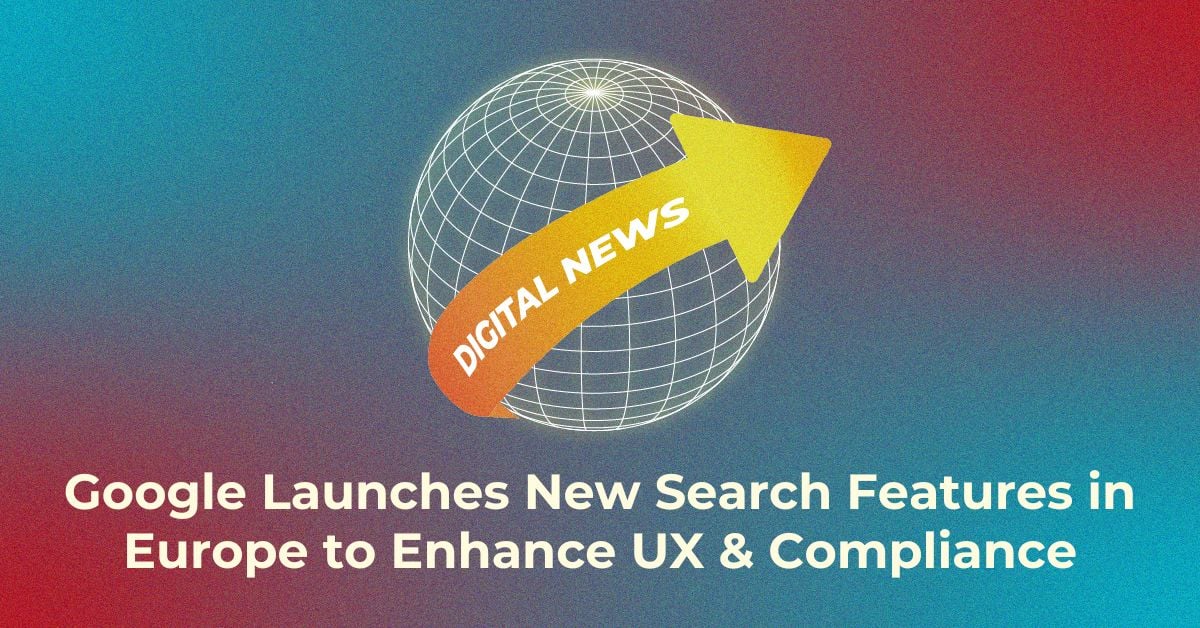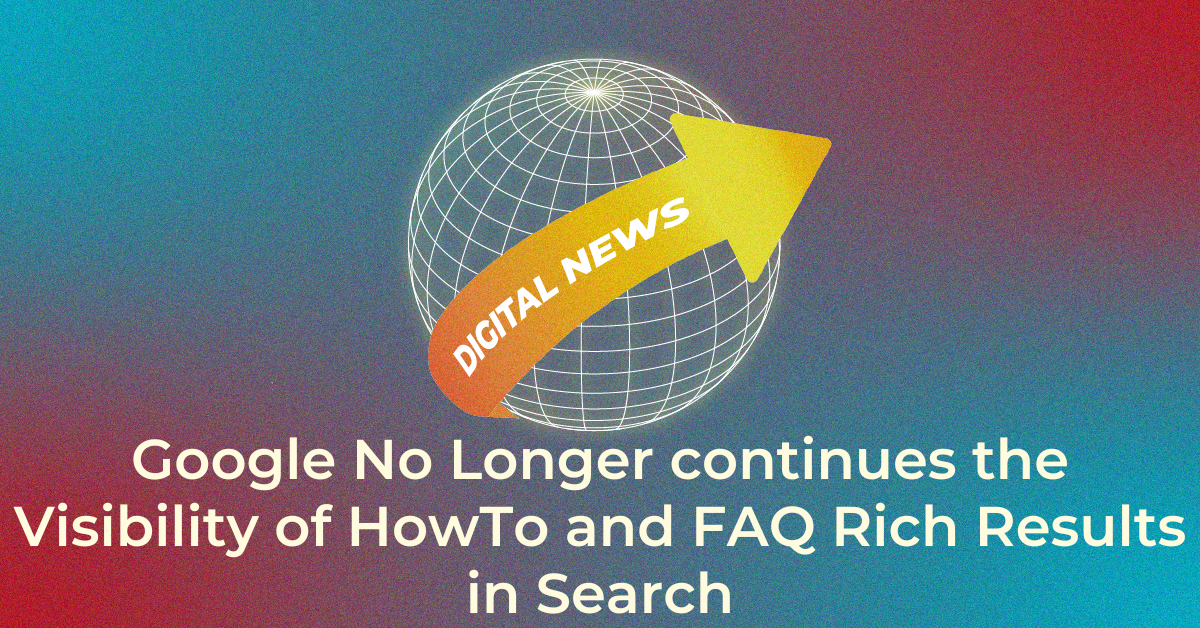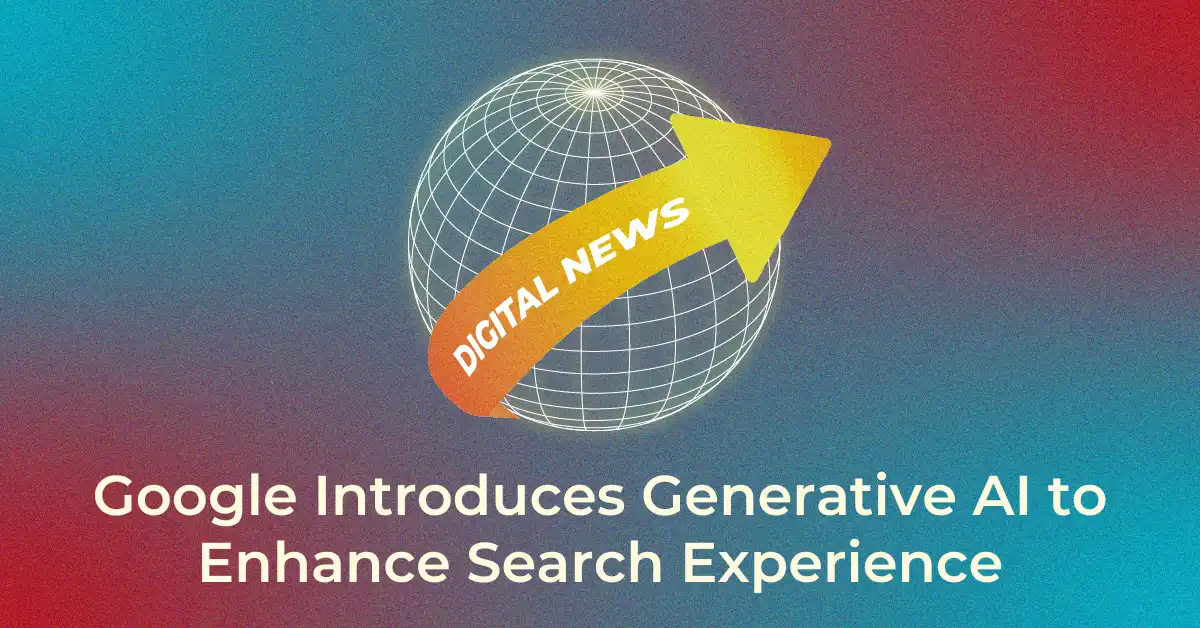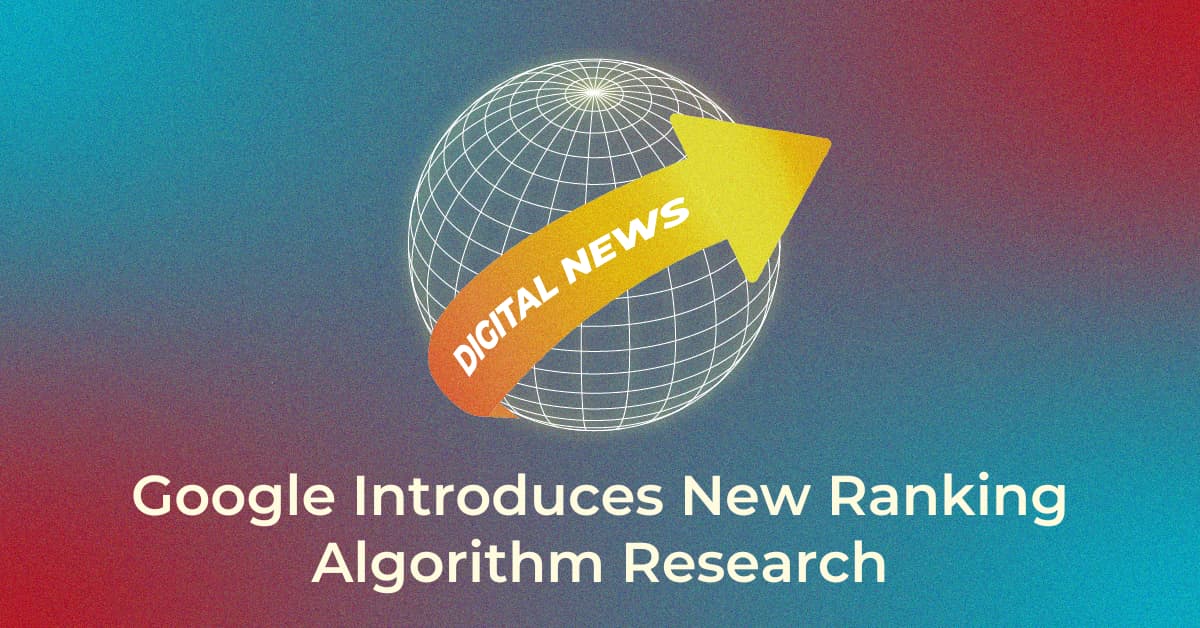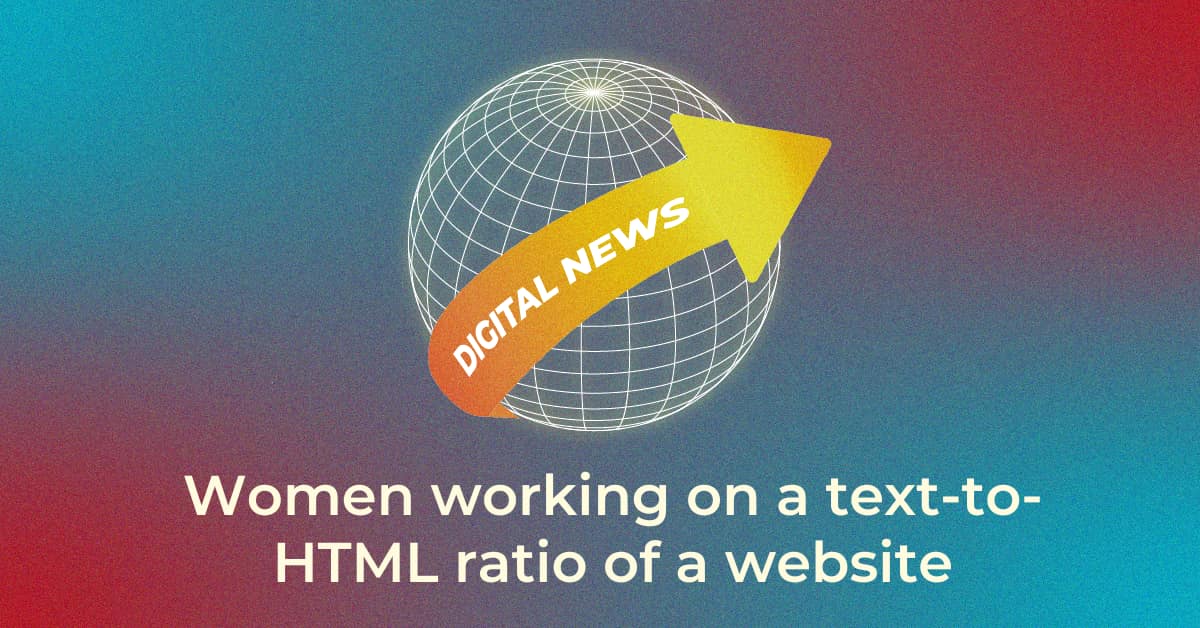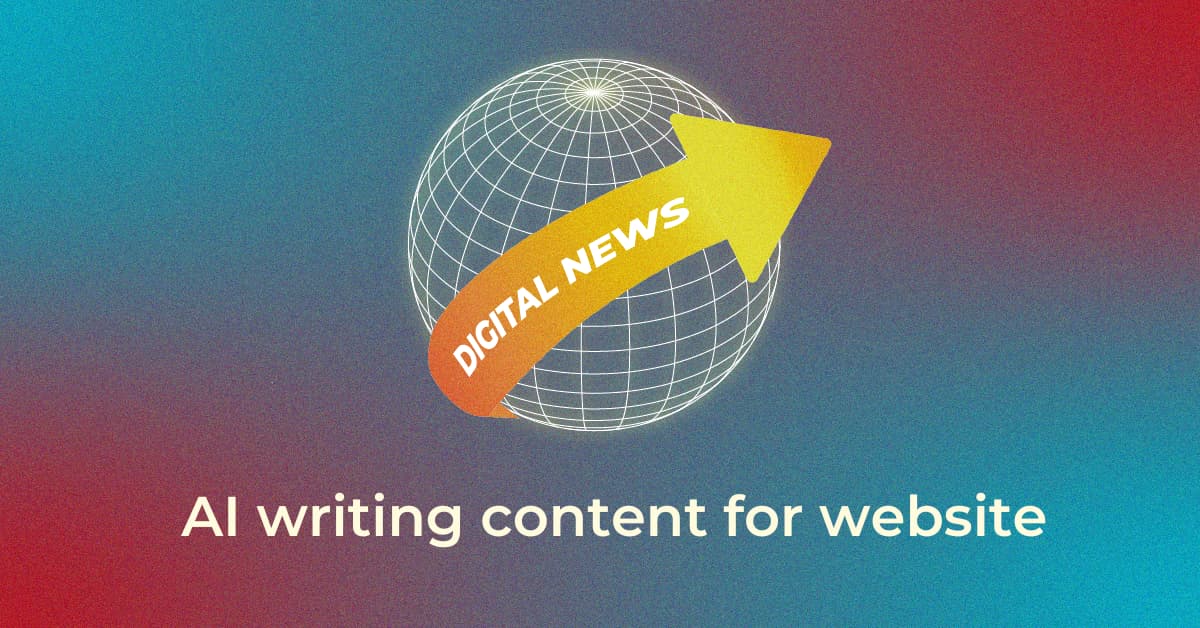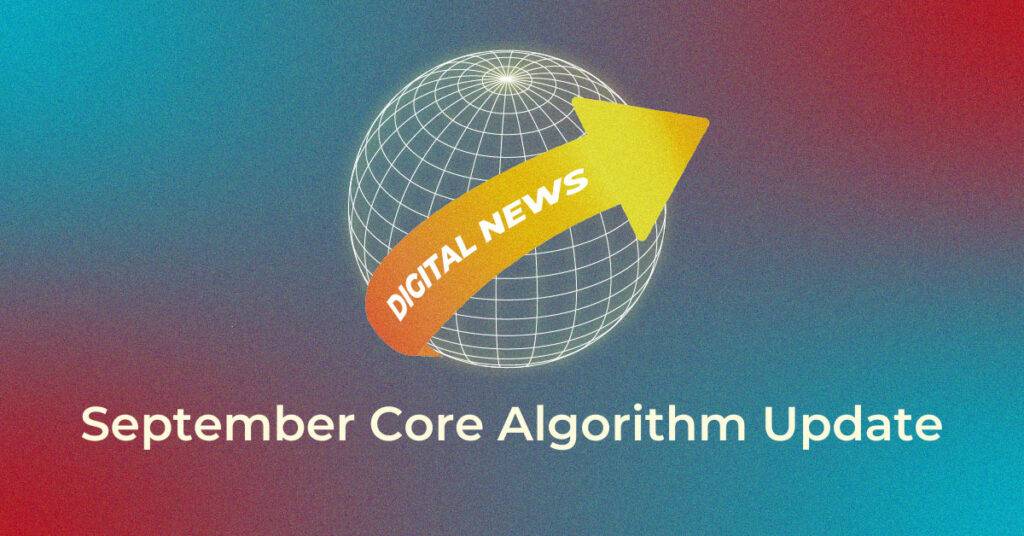1. Google Announces September 2022 Core Algorithm Update:
Google announced a Core Algorithm Update on September 12, 2022. The company stated that it might take two weeks to complete the rollout. The update’s target will likely be all types of content and will impact all languages and regions.
Today we released the September 2022 core update. We’ll update our ranking release history page when the rollout is complete: https://t.co/sQ5COfdNcb
— Google Search Central (@googlesearchc) September 12, 2022

2. Google Answers If Adding Content Daily Increases Rankings:
Google recently conducted an SEO office hours hangout in which someone asked if adding content regularly was helpful for ranking. Google replied by saying – “No. Posting daily or at any specific frequency, for that matter, doesn’t help with ranking better in Google search results. However, the more pages you have in the Google index, the more your content may show up in search results.”

3. Google Discusses Zero Search Volume Keyword Targeting:
Also, in the same Office Hours hangout video, someone asked the Google team whether they should rank for zero search volume keywords. Replying to the question, another viewer answered, “You can optimize for whatever keywords you want. And it’s not always about the keywords that have the most volume. You should think about how people should find your page and target those keywords.”

4. Microsoft Ads Unveils New Smart Campaign Features:
Microsoft Ads announced a new, simplified Smart Campaigns setup experience on Thursday, September 8th. The update includes a key new feature that differentiates them from Google Ads. If you’re running paid media ads, it’s worth exploring the unique experience.
5. Chrome Uses Interactive Screenshots To Speed Up Sites:
Google announced a new technology used in Chrome that creates interactive snapshots of webpages that speed up the user experience. Chrome calls it Freeze Dried Tabs, which is in use now. What Google is doing goes beyond a screenshot placeholder. It’s more of a hybrid of a screenshot because it can be scrolled, and links can be clicked. When the page finishes downloading, Google seamlessly transitions to the actual webpage. The idea is to speed up the web experience of site visitors by showing them a screenshot with functional links and content that users can scroll through.
Popular Searches
How useful was this post?
0 / 5. 0










